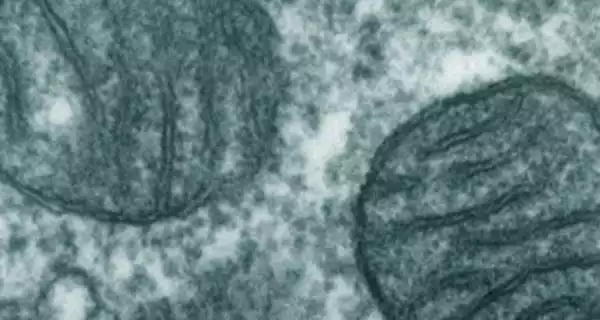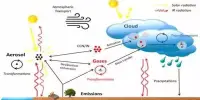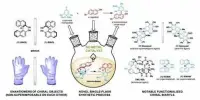According to new research, the formation of complex cells occurred without the presence of oxygen. Cells are classified into two types based on whether or not they have a nucleus. Prokaryotic cells (bacteria) lack a nuclear envelope, whereas eukaryotic cells have a nucleus that separates the genetic material from the cytoplasm. Prokaryotic cells are smaller and simpler than eukaryotic cells; aside from the lack of a nucleus, their genomes are less complicated, and they lack cytoplasmic organelles and a cytoskeleton.
Many experts have claimed since the 1960s that the genesis of eukaryotes (cells with a clearly defined nucleus) occurred in reaction to the oxygenation of the Earth’s surface environment.
Recent developments in the Earth and life sciences, according to a team led by Stanford and Exeter universities, call this notion into question. According to their review, these discoveries “decouple” the formation of eukaryotes (known as eukaryogenesis) from growing oxygen levels, implying that eukaryotes evolved in an anoxic (no-oxygen) environment in the ocean.
“We can now date eukaryogenesis and significant oxygenation shifts in Earth history independently,” claimed Stanford University’s Dr. Daniel Mills.
Mitochondria-bearing eukaryotes likely resulted from a merger between archaea and bacteria, and the DNA in modern Asgard archaea is more closely related to the DNA found in eukaryote nuclei today than it is to other archaea. This is additional evidence that the host that took in the bacterium was an archaeon.
Dr. Daniel Mills
“The chronology of eukaryogenesis does not correspond with these oxygen shifts in the atmosphere (2.22 billion years ago) or the deep ocean, according to fossil and biological evidence (0.5 billion years ago). Instead, mitochondria-bearing eukaryotes have been consistently dated between these two oxygenation events, during a period of deep-sea anoxia and fluctuating surface-water oxygenation.”
The formation of mitochondria, eukaryote cells’ energy-producing “powerhouses,” is currently regarded to be the defining phase in eukaryogenesis. Mitochondria contain different DNA than the cells in which they dwell, and the new study looks at the origins of this symbiotic relationship, which was famously championed by biologist Lynn Margulis.
“The 2015 discovery of ‘Asgard’ archaea (single-celled organisms) offers a major clue,” Dr Mills said.
“Mitochondria-bearing eukaryotes likely resulted from a merger between archaea and bacteria, and the DNA in modern Asgard archaea is more closely related to the DNA found in eukaryote nuclei today than it is to other archaea.
“This is additional evidence that the host that took in the bacterium was an archaeon.”

Asgard archaea live in anoxic ocean sediments, and they can live symbiotically with bacteria — possibly the same situation that led to the “metabolic coupling” that created the first eukaryote cells.
Life is made up of reproduction with (heritable) variability. NASA defines life as “a self-sustaining chemical system capable of Darwinian evolution.” Such a system is complicated; the last universal common ancestor (LUCA), who lived around 4 billion years ago, perhaps as a single-celled organism, already had hundreds of genes encoded in the genetic code that we use today. This means that it had a suite of cellular machinery, such as messenger RNA, transfer RNAs, and ribosomes, to translate the code into proteins. These proteins contained enzymes to power its anaerobic respiration via the biochemical Wood–Ljungdahl route, as well as a DNA polymerase to duplicate its genetic material.
The new evidence, according to Professor Tim Lenton, Director of Exeter’s Global Systems Institute, supports the “hydrogen hypothesis” (that mitochondria were acquired in anoxic settings), which was first proposed by Bill Martin and Miklos Müller in 1998.
“The assumption that oxygen caused eukaryogenesis was assumed,” he stated. “In fact, mitochondrial aerobic respiration most likely evolved later, becoming globally prevalent only in the last billion years as atmospheric oxygen approached present levels.”
Dr. Mills stated that the review was designed to “bridge a gap” between biology and geology because “connections were waiting to be forged” as a result of achievements in both fields.
















